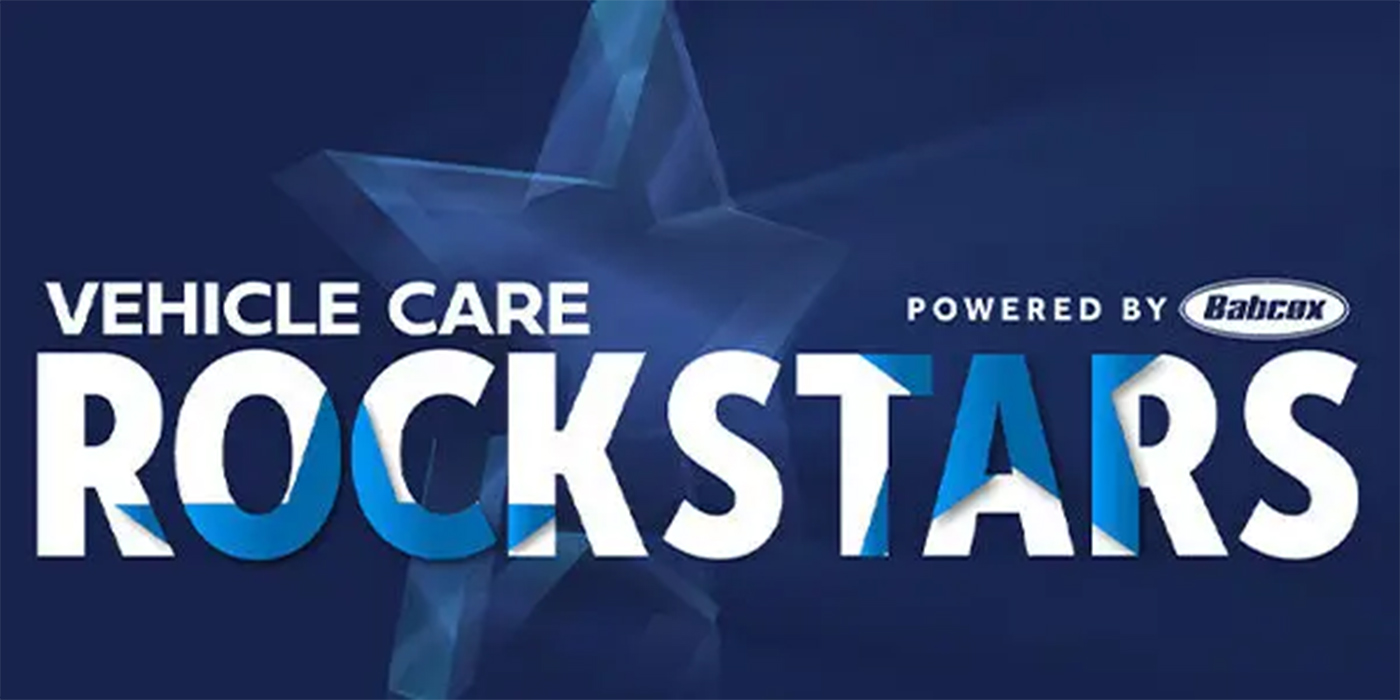Menus of prices almost never solve customers’ problems
Menu-based pricing for repairs has been around since the 1920s. It is a business model that has worked well for a long time, but on modern vehicles, it is quickly losing its effectiveness as a way to sell services and repair vehicles. There is no doubt that menu pricing can simplify the selling of maintenance, but when it comes to solving brake, suspension and wheel assembly problems, it can create more problems than it can solve.
Up until the 1980s, a technician might have seen only three different basic suspension types, two types of drum brakes and maybe four caliper designs. Carburetors came in three flavors of Holley, Rochester and Carter.
Today, shops see a plethora of designs and problems that are unique to a specific make and model. Having one-size-fits-all prices and procedures for every vehicle is impossible, and rationalizing that you will make money on most and lose some on a few is an expensive falsehood.
In the eyes of the consumer, the menu can give a false impression that picking an item on a menu can fix a problem, like how a dessert cart can satisfy a sweet tooth.
How do you get off the menu or at least stop using it as a sales crutch? The first step is communicating with the customer. The “easy sell” is not always the correct sell solution to the driver’s problems. Getting approval up front for a menu job may seem like the path of least resistance, but typically with today’s vehicles it does not solve the problem and can result in miscommunication and extra phone calls where the shop could be put in a defensive position. If you have to say, “Yeah, that should take care of that,” it could end up not taking care of a customer concern.
The key is to identify the customer’s need and why she came to your shop. This should be done in the first sixty seconds of the check-in process. Write the need down. For example, it could be to correct a stalling issue or a noise when she applies her brakes. Your next step is to solve this concern.
This directive is often forgotten when a service advisor is acting as the advocate for the customer. If you are just writing down “check brakes” or “car stalls,” the customer’s needs are often lost in the short distance from the front counter to the bays.
As much as independent shops bash new car dealers and OEMs they have the right idea when it comes to billing and attaching a labor charge to inspection and diagnostics. Take some time and look at the labor times for testing and inspection when you start looking at a repair information database. Listed are charges for test drives, battery inspections and simple procedures to confirm a problem.
Making a menu is easier than ever – many shops are using TVs mounted behind the service advisor’s desk that can act as a “silent salesman” giving prices and specials. But this is the wrong direction for our industry. No matter how slick the menu, display or point-of-sale software, it still comes down to a person being able to identify the customer’s need. While all the new technology helps to run a more efficient and profitable business, what really matters most is identifying the customer’s needs.














